If I were to tell you, that once, no other country, save India, revered the cow as much as Japan, I could understand your disbelief. Today, we think of Japan as a meat-eating culture. However, this image is a product of the last 150 years of American influence. The traditional Japanese culture held the cow as the most sacred animal. What follows next is the true story of among the greatest protectors of the cow – the Samurai.
In The Footsteps Of The Buddha
When Buddhism left India for the Far East it had a profound influence on all of the countries it encountered including China, Korea and Japan. Buddhism entered Japan around the year 552 A.D. In April 675 A.D. the Japanese Emperor Tenmu banned the consumption of all meat from four legged animals including cows, horses, dogs, and monkeys, as well as domestic birds such as chickens and roosters. Each succeeding emperor would periodically reinforce this ban until by the 10th Century all meat eating had been eliminated.
In mainland China and Korea the Buddhist monks adhered to the principle of ‘ahimsa’ or non-violence in their eating habits but theses strictures were not placed on the population as a whole. In Japan, however, the Emperor was very strict in guiding his subjects towards the Buddha’s teachings of non-violence. The killing of mammals was considered extremely sinful, birds moderately sinful, and fish somewhat sinful. The Japanese did eat whale, which today we know are mammals, but at the time were considered very large fish.
The Japanese also made a distinction between animals reared in the household and wild animals. To kill a wild animal such as a bird was sinful. However, to kill an animal raised from birth was considered abominable – tantamount to killing a member of the family. As such, the diet of the Japanese was mostly rice, noodles, fish, and on occasion wild fowl.
During the Heian Period (794-1185 A.D.), the Engishiki, a book of law and customs, required a period of fasting for up to three days as penance for eating meat. During this period of penance one was not to look at the deities of the Buddha as a sign of shame.
In subsequent centuries the Ise Shrine passed even stricter rules – one who ate meat must fast for 100 days, while one who ate with someone who ate meat must fast for 21 days, and one who ate with someone who ate with someone that ate meat must fast for 7 days. In this way, three layers of pollution were accounted for through penance due to the violence inherent in meat.
To the Japanese the cow was the most sacred animal.
The drinking of milk, however, was not common in Japan. Among the peasantry the cow was used almost exclusively as a draft animal to plow the fields.
Among the aristocracy there is some evidence of milk consumption. There were instances where cream and butter were used for the payment of taxes. However, for the most part cows were protected for their own sake and allowed to roam around the royal gardens at peace.
One milk product we know the Japanese used was called ‘daigo’. The modern Japanese word ‘daigomi’ meaning “the very best part” is derived from this milk product. It is meant to evoke the feeling of deep flavor and pleasure. Symbolically it was seen as the final stage of purification towards enlightenment. The first mention of daigo is found in the Nirvana Sutra with the following recipe:
“From cows to fresh milk, fresh milk to cream, cream to curdled milk, curdled milk to butter, butter to ghee (daigo). Daigo is the best.” – Nirvana Sutra
Another milk product was ‘raku’ said to be made from sugar mixed with milk boiled down until it became a hard block. Some say it was a type of cheese but from its description it sounds like a form of burfi. In an age before refrigeration this enabled the transport and preservation of milk protein. Shavings of raku were sold and either eaten or added to hot tea.
The Foreign Arrivals
On August 15, 1549 Francis Xavier, one of the founders of the Jesuit Catholic order, along with Portuguese missionaries, arrived on the shores of Nagasaki, Japan. They began to preach their Christian faith.
Japan at this time was politically divided. Many individual lords ruled over territories and various alliances and wars were taking place. One Samurai, Oda Nobunaga, though born of peasants, would go on to become one of the three great unifiers of Japan. He was also notable for giving accommodation to the Jesuits for their preaching and supported the establishment of the first Christian church in Kyoto in 1576. Many believe his support was a way to undermine the power of the Buddhist priests.
Initially the Jesuits were cautious observers. In Japan they found an alien culture that was highly refined and developed. They noted that the Japanese were obsessed by cleanliness bathing every day. This was unusual at a time when Europeans would bathe only once every few months, if at all. The Japanese also wrote from top to bottom rather than left to right. And while they had a strong military order, in the Samurai, they still fought with swords and arrows.
The King of Portugal did not financially support the missionary activities in Japan. Instead the Jesuits were allowed to engage in trade. After converting the local Daimyo (lord) Omura Sumitada, the small fishing village of Nagasaki was given to the Jesuits. In time Christian missionaries found favor throughout southern Japan and converted the Daimyos of Kyushu and Yamaguchi regions.
All manner of trade began to flow through Nagasaki and merchants were becoming very wealthy. There was particular interest in Portuguese guns. However, as the missionaries expanded they began to introduce meat eating. At first it was as an “accommodation” for the foreign missionaries who “needed meat to be healthy”. But the slaughter of animals and the consumption of meat spread wherever people converted to the new faith. We see this evident in the Japanese word for meat ‘waca’ derived from the Portuguese ‘vaca’.
There was one social class called ‘Eta’ (literal translation “an abundance of filth”) that were considered unclean as their occupation was to dispose of dead carcasses. Today they are known as the Burakumin. No cow was ever to be killed. However, they were allowed to make and sell leather goods from a cow that died of natural causes. Because they were engaged in unclean activities, at the bottom of the social ladder, many converted and were engaged in the growing meat industry.
But the spread of meat eating was only the beginning. The Portuguese were one of the main merchants of world slavery at the time. The Jesuits facilitated this slave trade through their port city of Nagasaki. This became known as the “Nanban” or “southern barbarian” trade. Thousands of Japanese women were enslaved and brutalized around the world. There is in fact correspondence between the King of Portugal Joao III and the Pope listing the price for this exotic fare – 50 Japanese girls for 1 barrel of Jesuit saltpeter (gun powder).
As local lords were converted many forced their subjects to convert as well. The Jesuits saw weapons trade as one means to shift the balance of political power between the various warring sides. They supplied arms to Christian Daimyo and used their own military forces to advance their influence. Many lords would convert knowing they would gain military advantage over their rivals.
Within a few decades it is estimated there were over 300,000 converts. Caution was now replaced by confidence. Ancient Buddhist temples and shrines were now being desecrated as ‘pagan’ and ‘unholy’.
Observing all of this was the Samurai Toyotomi Hideyoshi. Like his master, Oda Nobunaga, he too was born a peasant and grew to become a powerful General. He became suspicious of Jesuit motives when he saw the Spanish conquer the Philippines. What he saw happening in Japan made him disgusted.
In 1587 General Hideyoshi commanded the Jesuit priest Gaspar Coelho to meet and handed him “The Purge Directive Order of the Jesuits”. In this document were 11 points, among them:
1) All Japanese slave trade must end and all Japanese women from around the world must be returned.
2) All meat eating must cease – the cow and horse must never be killed.
3) All desecration of Buddhist temples must end.
4) All forced conversion must end.
With that he expelled the Jesuits from Japan. It had been only 38 years since their arrival. Next he led his armies through the southern barbarian lands. Conquering these lands he was disgusted by the slaughtered carcasses that lined the street shops. He began to post Kosatsu, signboards, all along the countryside notifying the people of the laws and ordinances of the Samurai – among these laws – “Do Not Eat Meat”.
Meat was no longer simply ‘sinful’ and ‘unclean’. Now meat was associated with the wickedness of the foreign barbarian – with sexual slavery, religious desecration, and political subversion.
Following the death of Hideyoshi in 1598 the Samurai Tokugawa Ieyasu gained control. He also saw Christian missionary activities as a sort of ‘expeditionary force’ to conquer Japan. By 1614 he banned Christianity entirely noting they were ‘corrupting goodness’ and creating political division. During the following decades it is estimated that perhaps 3,000 Christians were killed, with most renouncing their faith or remaining hidden.
Finally, the Sakoku (‘Closed Country’) Edict of 1635 sealed off Japan to foreign influence. No Japanese were allowed to leave Japan nor return if they were abroad. Japanese trading boats were set on fire to sink off the coast. Foreigners were expelled and only a very limited amount of trade was allowed through the tiny peninsula of Dejima in the Bay of Nagasaki. This island was 120 meters by 75 meters and only 19 foreigners at any one time were allowed to be on this island.
For the next 218 years Japan remained isolated but politically stable. With no wars to fight the Samurai slowly became idle, interested mainly in the latest political gossip. While the society was controlled, some would say repressed, these restrictions allowed Japan to retain its traditional culture.
The Barbarians Return
On July 8th, 1853 Commodore Perry entered the bay of Edo, the capital city, with four American warships puffing black smoke. They blockaded the bay and prevented any food or supplies from entering the country. The Japanese, isolated for the prior 218 years, were technologically far behind and were no match for the modern American war ships. This became known as “the Black Sails” event.
The Japanese were panicked and this created a serious political crisis. Commodore Perry, on behalf of the United States, demanded Japan sign a treaty opening up for free trade. He began to fire his cannons as a show of force and threatened total destruction if they did not submit. On March 31, 1854 the Kanagawa Treaty “Japan – US Treaty of Peace and Amity” was signed. Soon thereafter the English, Dutch, and Russians followed suit using similar strong-armed tactics to force their way into free trade with Japan.
The Japanese realized their vulnerability and concluded they needed to modernize.
One small Buddhist temple named Gyokusen-ji was set aside to host the foreign visitors. By 1856 this temple was converted into the first U.S. Consulate in Japan headed by Consul General Townsend Harris.
For 1200 years not a single cow had been killed in Japan.
Then in 1856 U.S. Consul General Townsend Harris had a cow brought to the Consulate and slaughtered on the grounds of the temple. Then he, along with his interpreter Hendrick Heusken, roasted and consumed the meat along with some wine.
This caused great disturbance in the community and farmers began to hide their cows in fear. Eventually Heusken was killed by a Ronin (a Samurai with no master) leading anti-foreigner campaigns.
But the act was done – they had killed the most sacred animal to the Japanese. It was this act that was said to inaugurate modern Japan. Suddenly “old conventions” were out, and the Japanese could shed their “primitive” and “backward” ways. In 1931 the consulate building was renamed “The Temple of the Slaughtered Cow” to memorialize this event. A statue of the Buddha, on top a pedestal decorated with cows, overlooks the building.
From then on slaughter houses started to appear and wherever they opened panic arose. The Japanese felt it desecrated their neighborhood, made it unclean and inauspicious.
By 1869 the Japanese Ministry of Finance established the gyuba kaisha, a company designed to sell beef to foreign traders. Then in 1872 Emperor Meiji passed the Nikujiki Saitai law which broke the two great strictures for Japanese Buddhist monks – it allowed them to get married and eat beef. Following that, in the same year the Emperor publicly announced that he personally loved to eat beef and mutton.
On February 18, 1872 ten Buddhist monks stormed the Imperial Palace to assassinate the Emperor. Five of the monks were shot and killed. They declared that eating meat was “destroying the soul” of the Japanese people and must be stopped. This news was suppressed in Japan but was reported in a British newspaper The Times.
The Emperor then disbanded the Samurai warrior class, replaced them with a Western style conscripted military, and started purchasing modern weapons from the United States and Europe. Many samurai became impoverished overnight. They were now on a lower standing than the merchant class who were profiting through new trade.
Marketing Meat In Japan
With the Emperor publicly declaring his love for meat the intellectual, political, and economic classes began to embrace it. Intellectually meat was promoted as a sign of civilization and modernity. Politically meat was seen as a way to build up the strength of the military – to build a stronger soldier. Economically meat was associated with affluence and wealth for the merchant class through trade.
But the general public still regarded meat as unclean and sinful. A process to market meat to the public began. One technique was to rename the meat so as to avoid knowing what it was. For instance, boar was called as ‘botan’ (peony flower), deer as ‘momiji’ (maple), and horse as ‘sakura’ (cherry blossom). We see a similar marketing approach today with Happy Meals, McNuggets, and Whoppers – whimsical names to hide the violence.
One meat company in 1871 ran this advertisement pitch for meat:
“First of all, a common excuse for disliking meat is that since cows and pigs are so big, butchering them is unbearable. Which is bigger, a cow or a whale? No one is against the eating of whale meat. Is it cruel to kill a living creature? Is it not cruel to slice open the spine of a live eel or to cut the head off a live turtle? Are beef and cow’s milk unclean? Cows and sheep eat only grains and grasses, while the boiled fish paste found in Nihonbashi is made from sharks that have feasted on drowning people. Although soup made from black porgy [a marine fish common in Asia] is delicious, it is made from a fish that eats the human excrement discarded from ships. And while spring greens are certainly fragrant and delicious, I expect that the urine applied [as fertilizer] to the plants the day before yesterday has soaked into the leaves completely. Does beef and milk smell bad? Don’t pickled fish organs also smell bad? The fermented and dried jack-fish meat certainly smells much worse. And what of the pickled eggplant and daikon radish made using the method introduced by our ancestors, by which insect larvae are combined with the rice miso used to pickle them? Isn’t the issue based more upon what we are used to and not used to? Beef and milk provide a great deal of nourishment and are extremely good for the body. They are basic ingredients of westerners. We Japanese must open our eyes and begin to receive the benefits to be had from beef and milk.”
Slowly the public began to turn.
The Cycle of Destruction
The coming decades saw Japan develop a modernized military with expansionist dreams. Meat became a staple of the Japanese soldier’s diet. While the scope of the subsequent wars is too great for this article we can say Japan went on to commit great atrocities across South East Asia. As the war was coming to a close, the United States, once weapons supplier to Japan, was putting the finishing touches on the world’s most destructive weapon.
On July 16, 1945 in Alamogordo, New Mexico, the first atomic weapon, code named ‘Trinity’ was detonated. The “father of the atomic bomb” Dr. J. Robert Oppenheimer, upon seeing the results thought of the Bhagavad Gita verse (11:32) “Now I am become death, the destroyer of worlds.” You can see him commenting on this verse below:
The U.S. military then set their sights on Japan. Most of the cities in Japan had already been decimated by years of war. President Truman decided on two targets – Hiroshima and Kokura. These were standing cities unharmed thus far by the war. By dropping the weapon upon these targets they could gain valuable ‘testing’ of the effects on buildings and humans while breaking the will of the Japanese people.
Three weeks later, on August 6, 1945 the Enola Gay dropped “Little Boy” a uranium bomb on the southern city of Hiroshima. Some 80,000 people were killed instantly with another 70,000 injured and dying over the subsequent weeks.
The next target was the city of Kokura but a typhoon rolled in delaying the flight. When the weather cleared on August 9, 1945 the plane, blessed by two priests, was loaded with “Fat Man”, a plutonium based implosion weapon. It took off from Tinian Island (code named ‘Papacy’) with orders to drop the weapon on the city of Kokura only on visual sight.
The pilot, Major Charles Sweeney, flew over Kokura but the city could not be seen due to cloud cover. He passed over and flew around for a second attempt but still could not see the city. Running low on gas and flying over enemy territory he made his third and final attempt. Again the clouds made it impossible to make visual sight of the target.
He flew on prepared to head back to base. Then the clouds parted and Major Sweeney could see the city of Nagasaki. With visual sight of a target he ordered the bomb dropped. It fell into the Urakami valley of Nagasaki. And with a flash as hot as the sun over 40,000 people were instantly killed. Far more would have died but the walls of the valley protected much of the exterior city.
Two of the greatest war crimes in history had just been perpetrated. The old and the young, men, women, and children, the healthy and the infirmed – all were killed. No mercy was shown.
The phrase “the Luck of Kokura” came to mean escaping unaware complete destruction.
When news came back that Nagasaki was destroyed the two priests that blessed the plane were in shock. Both Father George Zabelka (Catholic) and William Downey (Lutheran) would later renounce all forms of violence.
You see, Nagasaki was the center of Christianity in Japan, and the Urakami valley was the center of Christianity in Nagasaki. Almost 396 years to the day that Francis Xavier first arrived in Nagasaki fellow Christians killed more members of their faith than any Samurai ever did over 200 years of persecution.
Later two U.S. Catholic Bishops (John O’Hara and Michael Ready) were urged by General Douglas MacArthur, the Allied Supreme Commander, to send “thousands of Catholic missionaries” at once for they only had about one year to “fill the spiritual vacuum created by the defeat.”
The Aftermath & Modern Japan
The Japanese were completely destroyed. On September 2, 1945 they officially surrendered.
During the U.S Occupation (1945-1952), the Allied Supreme Commander established a school lunch program, managed by the U.S. Department of Agriculture (USDA), in order to “improve the health” of Japanese school children and teach them an acquired taste for meat. Initially 250,000 children participated which increased to 8 million by the end of the occupation.
But a mysterious disease began to infect the school children. Some feared it was due to residual radiation from the atomic weapons. Rashes started to appear all over their bodies. In time they realized the Japanese were allergic to meat and the hives were a reaction to this sensitivity.
Over the coming decades Japan saw an increase in meat imports as well as the development of their own domestic slaughter industries.
In 1976 the U.S. Meat Export Federation (USMEF) began a marketing campaign to promote U.S. meat in Japan. This was followed up with the 1985 Farm Bill Targeted Export Assistance (TEA) program. In 2002 USMEF create the “Desire Beef” campaign followed by the “We Care” campaign in 2006. The private-public relationship between the USDA and USMEF has helped to promote meat eating in Japan generating billions of dollars for the U.S. slaughter industry.
A sign of the current situation is a recent headline from McClatchy DC, December 8, 2014, that reads: “Japan’s soaring demand for cow tongue drives U.S. exports.”
Conclusion
This historical account can show us the techniques used in the promotion of meat eating:
1) An appeal to religious/foreign minority status.
2) Targeted conversion of the upper classes.
3) Targeted conversion of the lower classes.
4) Marketing of meat with whimsical names.
5) Association of meat with modernity, health, and wealth.
6) Weapons sales to create political instability.
7) Threats and acts of war to create free trade.
8) Complete destruction & rebuilding a new meat friendly culture.
9) The creation of school lunch programs to teach children meat eating.
10) The use of trade associations & economic incentives.
The ancient Seers understood the subtle laws that guide the universe. The violence inherent in meat sows the seeds of future conflict. When you see these techniques used know that a pralaya (destruction) awaits.
Once Japan was ruled by some of the greatest protectors of the cow – the Samurai.
Other Articles by Vaishnava Das:
Sweet Salt – The Story of How India Invented Sugar
India – The Land of Stolen Jewels
The Vedic People of Scandinavia
Soma – Elixir of the Gods
Manu and the Great Deluge
The Samurai: Protectors of the Cow
The Vedic People of Lithuania
The Legends of Tulasi In Christianity
The Mysterious Iron Deity made from a Meteor
Ancient Shiva Linga in Ireland

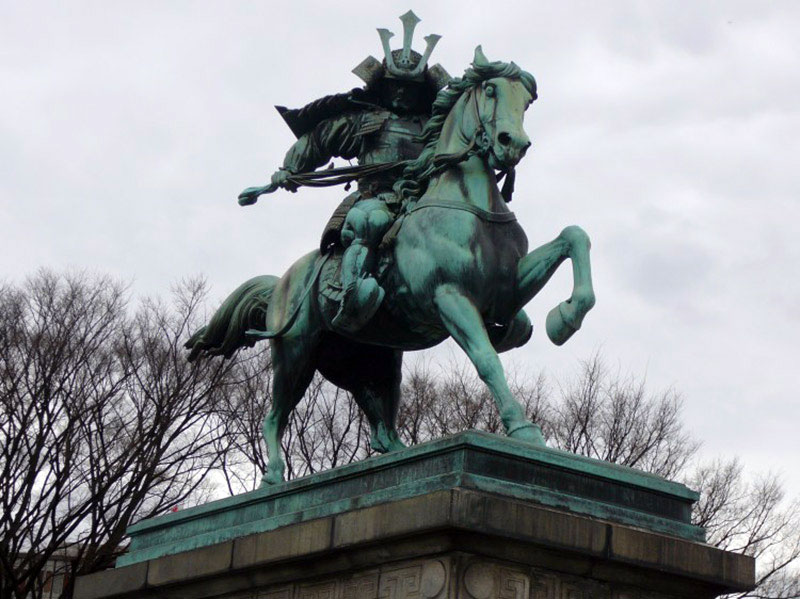
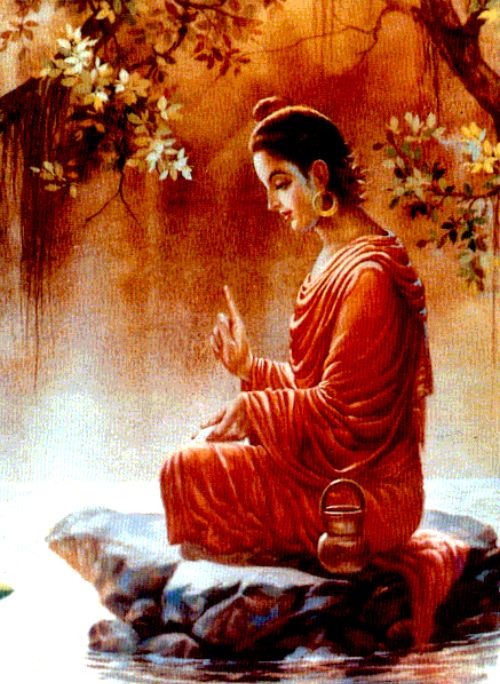
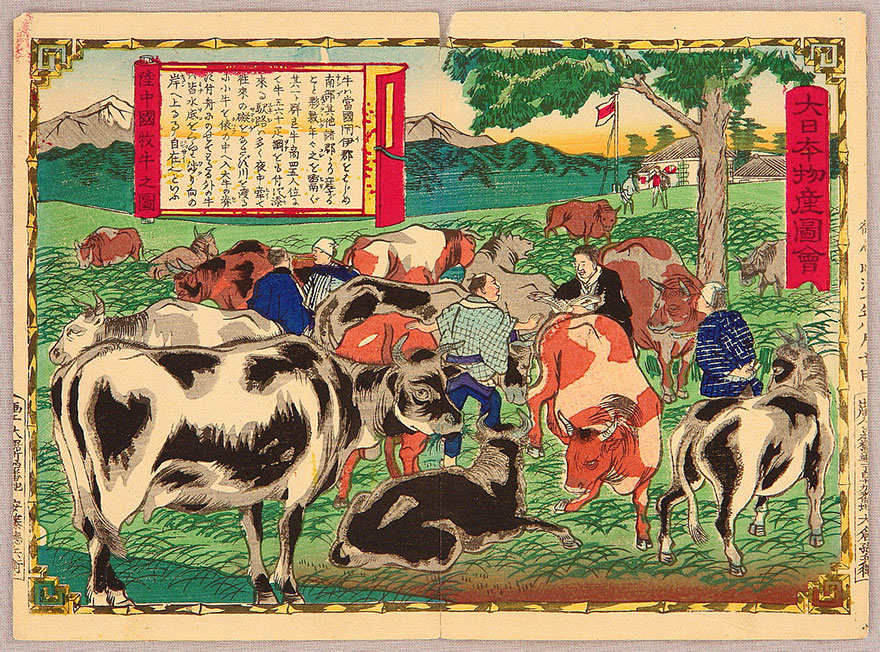
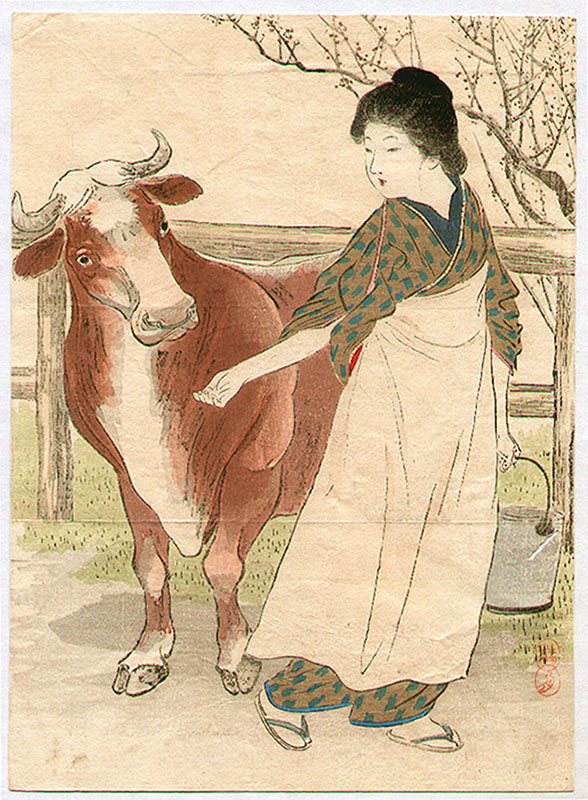
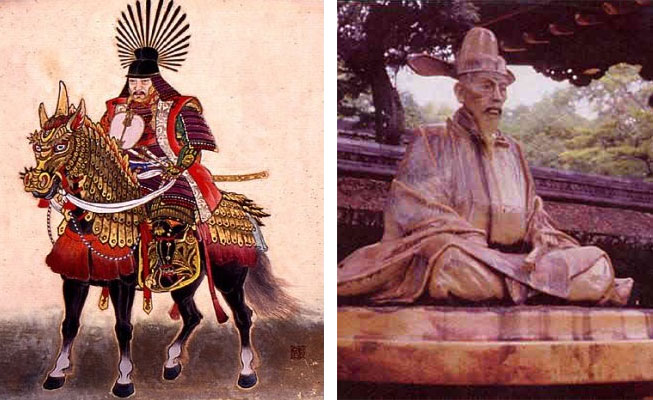
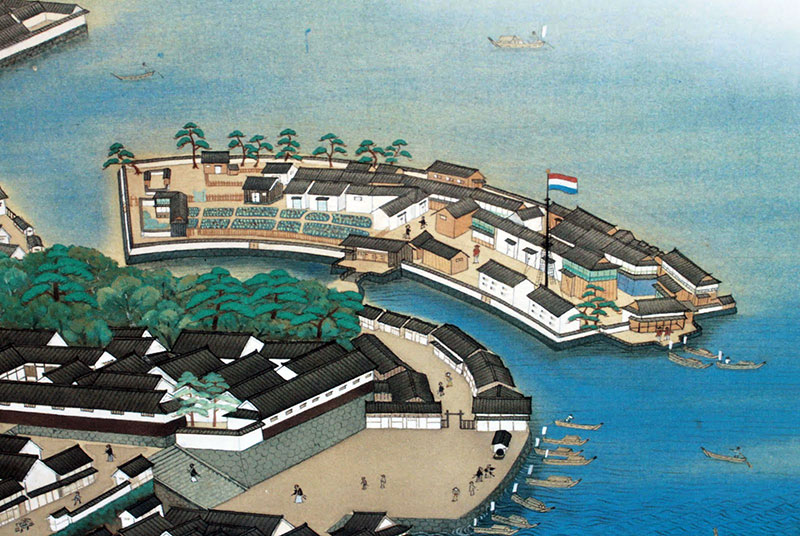
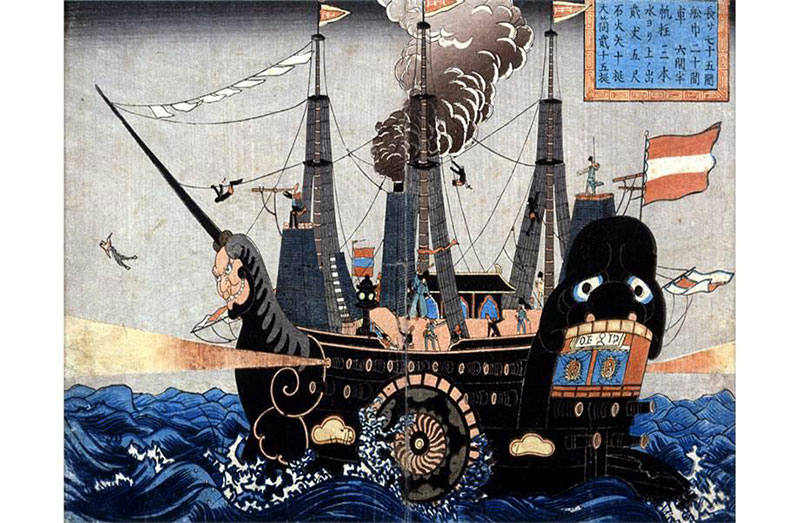
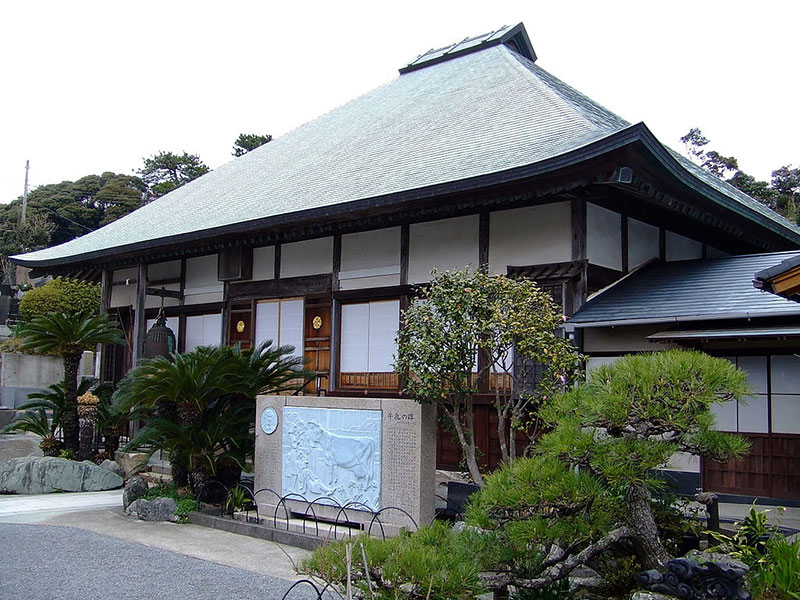
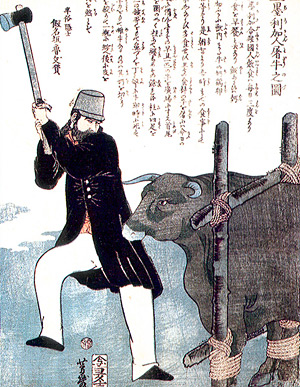
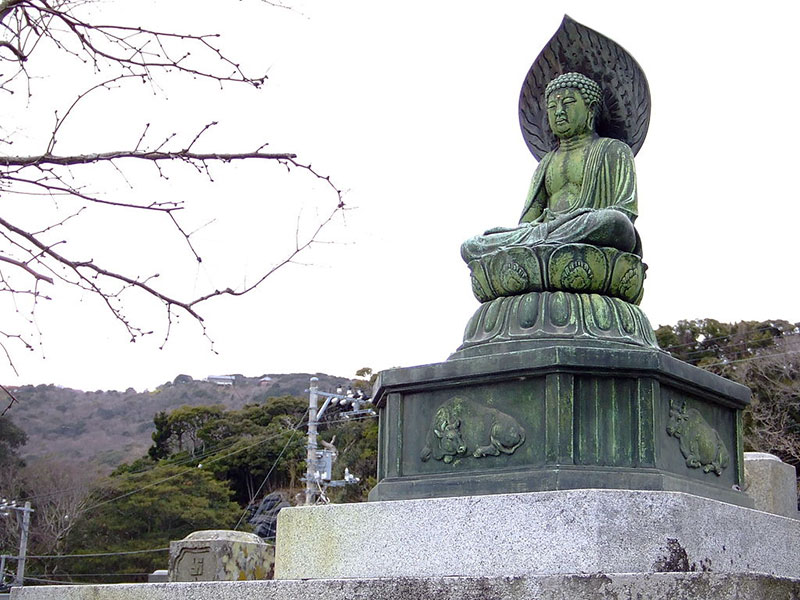
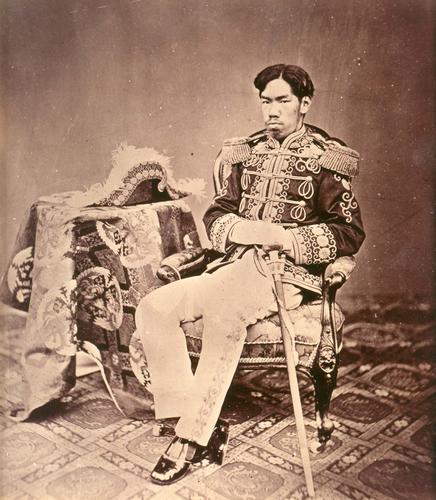
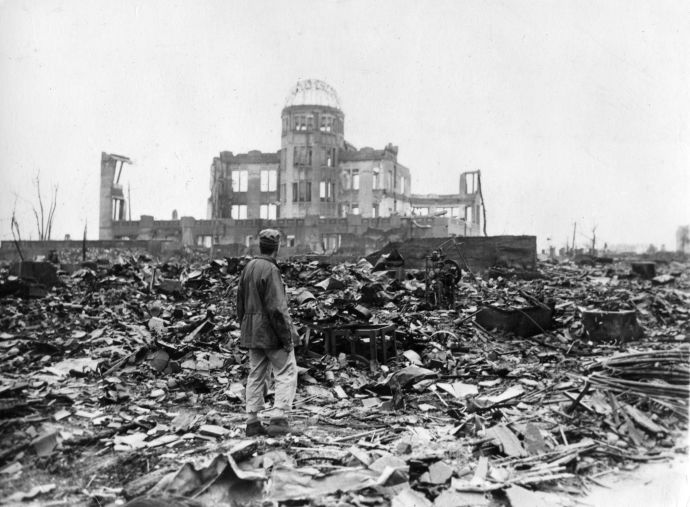
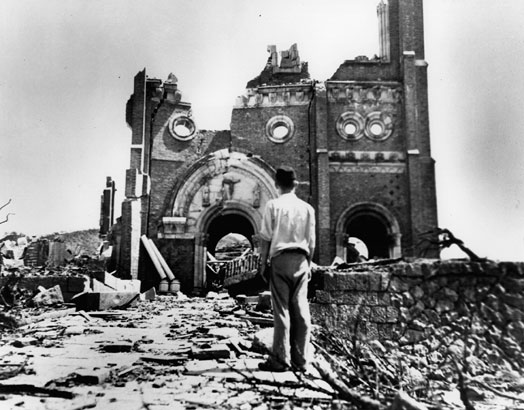
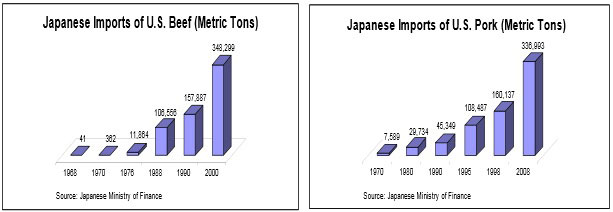
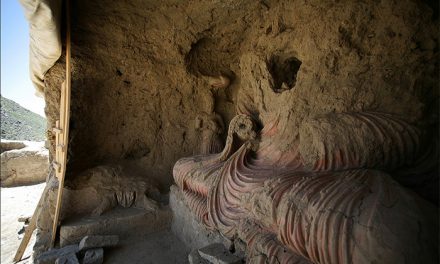
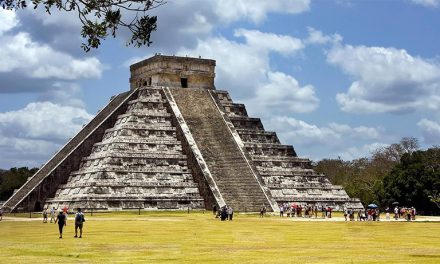










I appreciate the concern of foreigners like japan who consider cow as sacred.
Yes, cow should be worshipped at all times with reverence in what ever stage or phase it is young , middle adult (reproductive Phase) and last phase of life.
This account of Japan’s vegetarian past was eye opening. Many thanks to the author for taking the time to publish this information.
Excellent, thanks
Wow, what an amazing article. Thank you for imparting this knowledge.
Great article, I can use some of it in my research. Thank you very much.
PS: It would be even better if you could post some of your sources for further reading!
Eye opening article for Hindu Secular…
quite amazing. thanks for sharing
Interesting article. I worked in a Japanese beef company and wondered why the Japanese were fond of beef and also golf. In the Zoroastrian Gathas, written in Gathic Avestan (sister of Vedic Sanskrit) the soul of the earth is called GEUSH URVAN, Soul in the form of a Cow, our mother earth. We are blessed to be born in India where the mother cow is still worshipped and protected.
The Atom Bomb was the worst invention by Mankind. Buddhism thrived in the East until foreigners especially Western nations introduced their uncivilized concepts and principles to the detriment of society.
People in the East had much more advanced societies until they were disrupted by colonialists.
Bharat
Lenasia, SA
The moral of the story is you need to preserved your belief if it is true.
Ps: The cow is the most sacred animal is true
Thanks for sharing the article. It is an eye opener !!
That last chart is quite amazing if you do the math. In 1968, over 20 years after the war, 41 metric tons of beef was imported from the U.S. There are 2204 pounds in a metric ton. If we assume the average cow is around 1100 pounds, for simple math, this would suggest perhaps 82 cows per year were slaughtered and sold to Japan. The population of Japan in 1968 was 101 million.
In 2000 the U.S. sold 348,000 metric tons, or the equivalent of around 700,000 cows killed per year. The population of Japan in 2000 was 127 million.
This is just napkin math but the increase is astounding – from 82 cows to 700,000 cows. No doubt by today in 2015 it is even higher.
The American Schools present in asian countries are still following the practice of offering beef to school children and getting them accustomed to beef eating and thus create a market of beef in asian countries.
Interesting to know Hindus weren’t the only ones who abstained from beef.
Thanks for sharing the articles about Buddhism & Hinduism way of life in Ancient Japan. The country was very much peaceful without man made & natural disasters when they practiced Ahimsa. Hope they will change the way of life in near future by practicing vegetarianism again. All the best for Japan people.
Eric says:
June 6, 2015 at 11:31 am
PS: It would be even better if you could post some of your sources for further reading!
Hi Eric,
For some references see:
http://www.kikkoman.co.jp/kiifc/foodculture/pdf_09/e_002_008.pdf
this article is excellent necause it referes to the procedure to interfere in the good action done by this japanesse empreror most westerns are totally insensible to the pain inflicted to the animals
this place things in the right perspective thanks sharing
An excellent tour de force.
Facts of History. Silver was more expensive in Japan than the more abundantly available gold. During the Momo Yama (Peach Mountain) period and Shogunate of Japanese History when Japan was open to foreign winds, the sea faring Portuguese took advantage of this to trade and used cheap silver to spread Christianity. So far, so good. They then hit upon the bright idea of taking it all. A la the Conquistadores who exterminated the Aztec and Inca civilizations. Given logistics, it was necessary to have a sizable local population on their side and so prozelytization to Christianity took on a different shade and urgency. The Japanese discovered it and kicked the Portuguese out, purged Christianity (i.e. the Portuguese “take over” plot) and restricted all foreign presence to a Dutch trading post in Nagasaki Bay, and revived Shintoism (analogous to Aryan Brahmanism) with its foundations rooted in patriotism and loyalty to the Emperor as the State Religion relegating Budhism that had been the State religion since Empress Komyo and Prince Shotoku, to the back ground. Japan continued in this splendid state of isolation till the corruption of the Bakufate (the Bureaucrat-Soldier nexus) and the resultant galloping inflation led to the Meiji Restoration when the Emperor took over effective rulership from the Shoguns (the Military Dictators) who had ruled on Imperial behalf for millenia.Christianity in those days is what Islam is clawing its way back to these days. Had Japan not purged Imperial Christianity from its shores, it would have ended up like the Inca and Aztec empire, exterminated by plunder, rape, gonorrhea, syphilis, and the inquisition. The ethnic cleansing of Kashmir looks almost gentle by comparison.